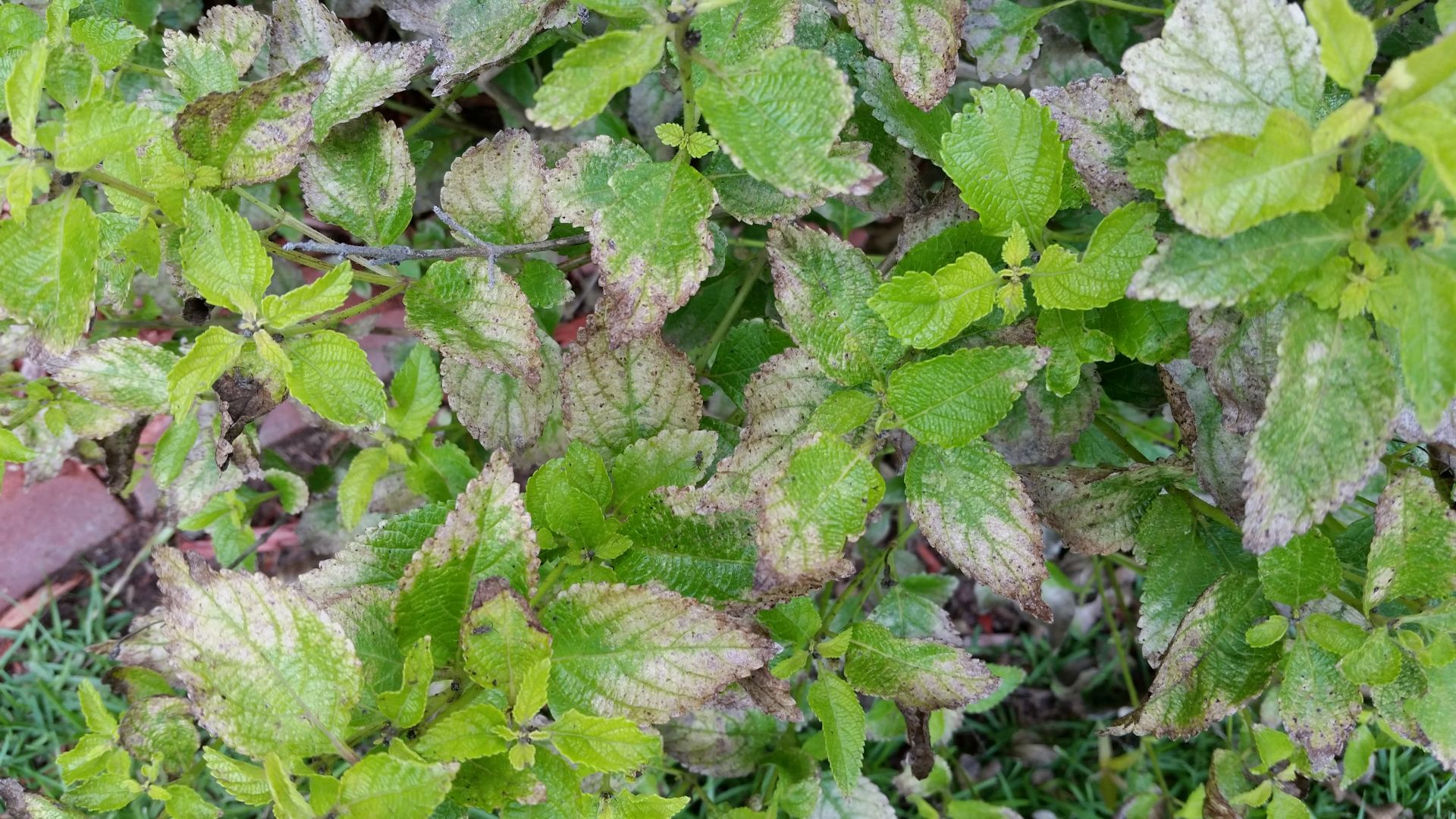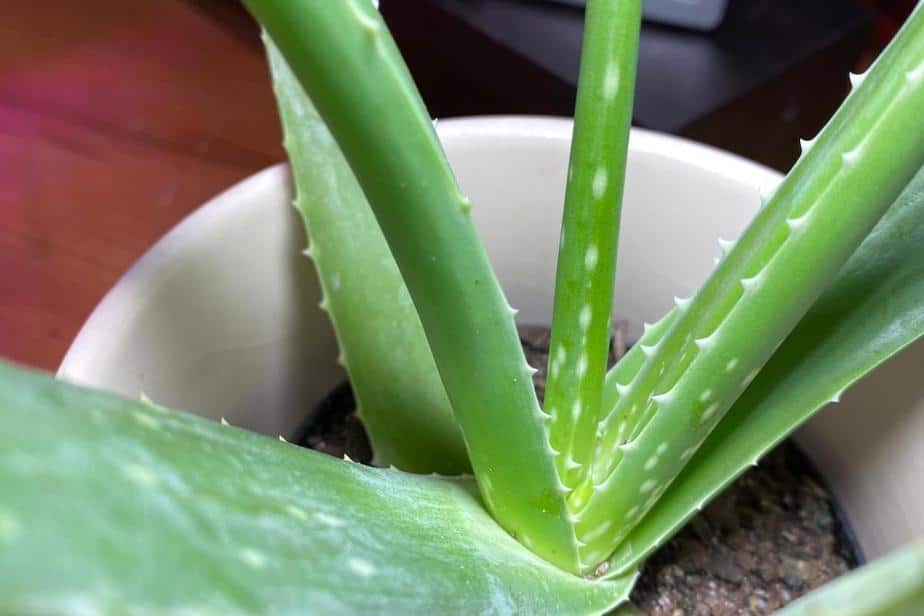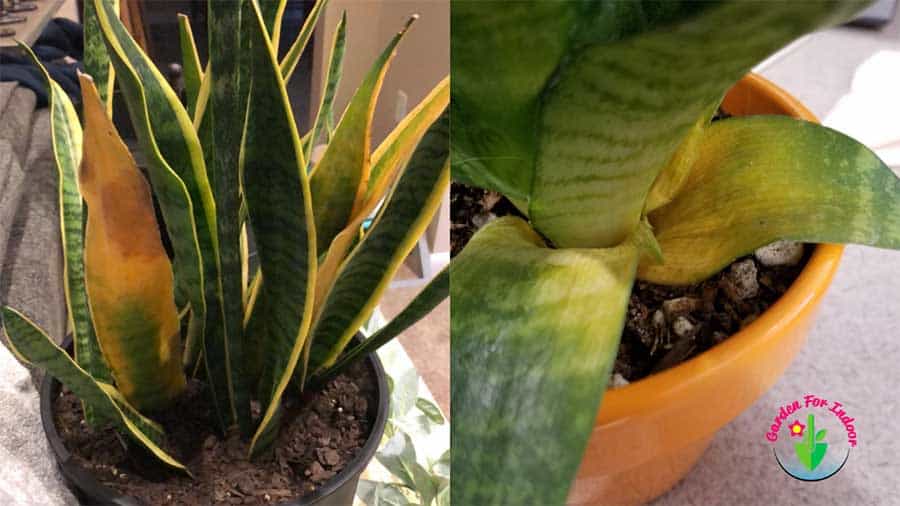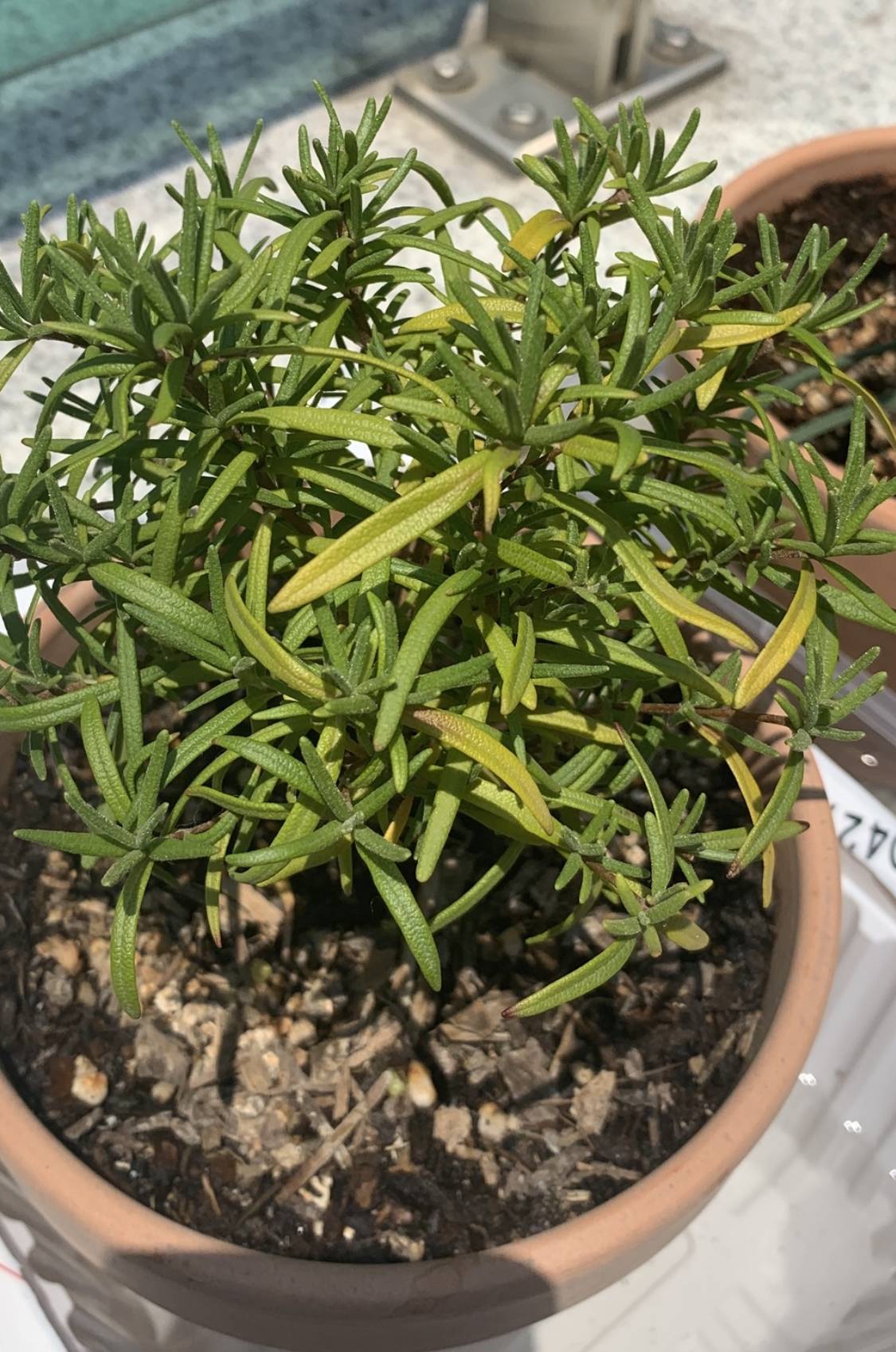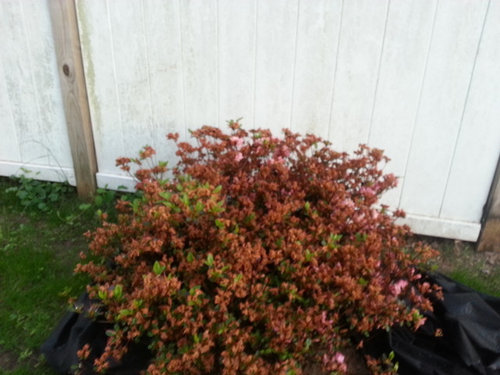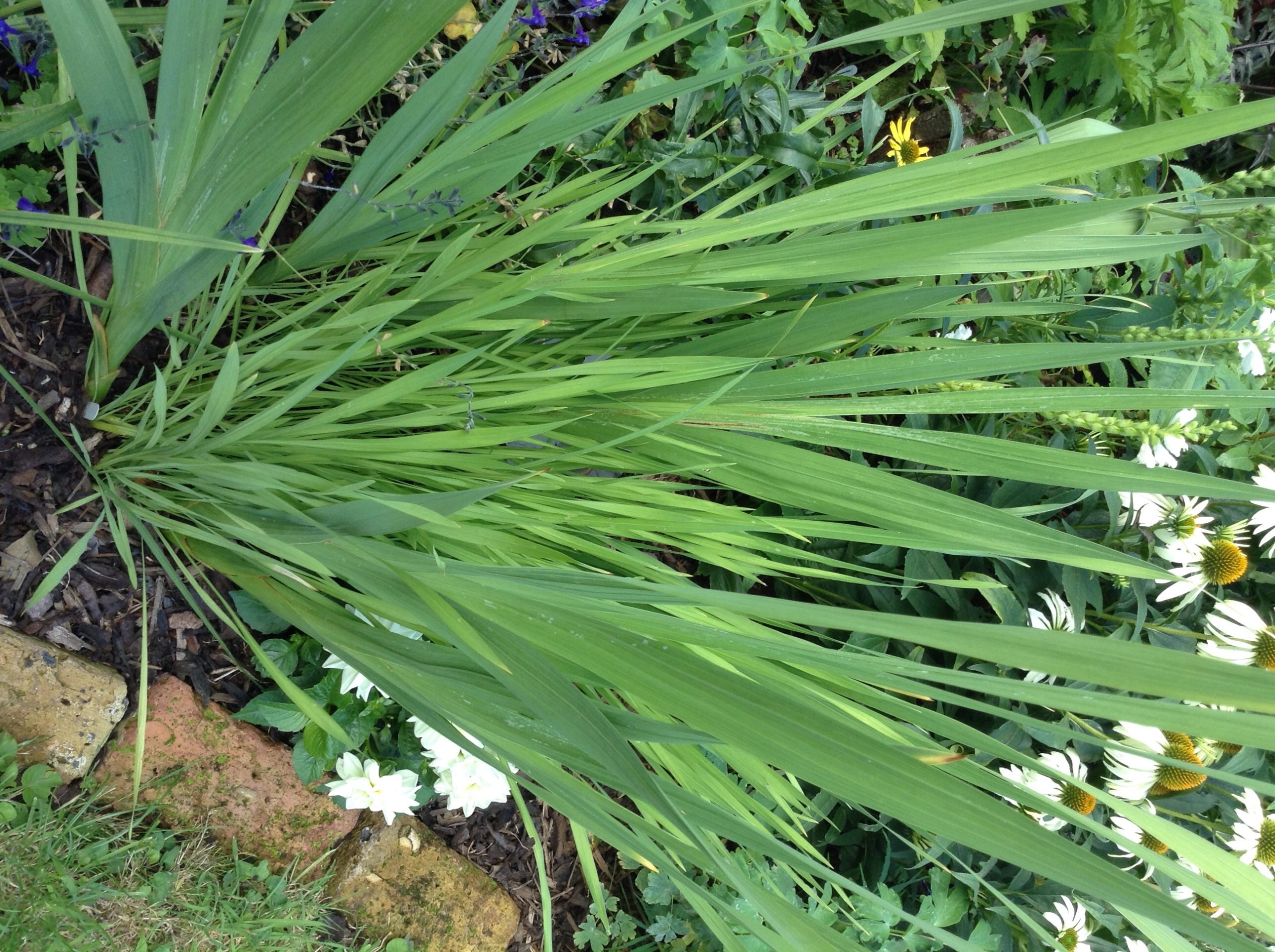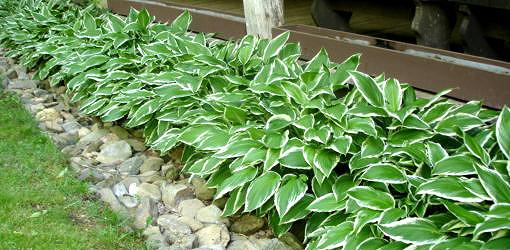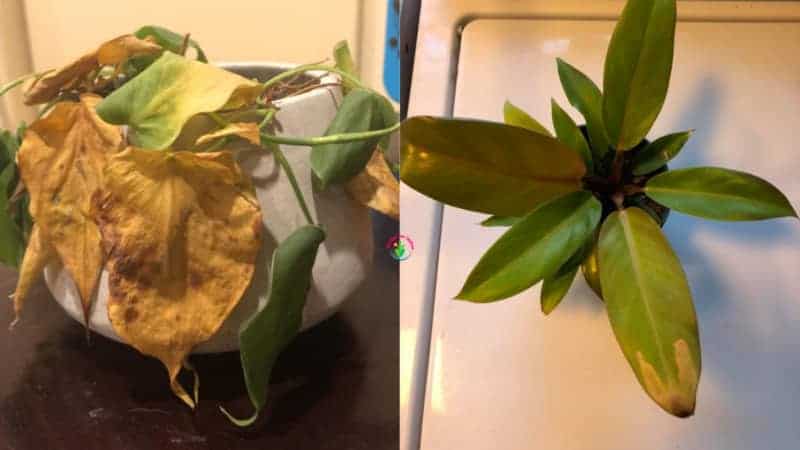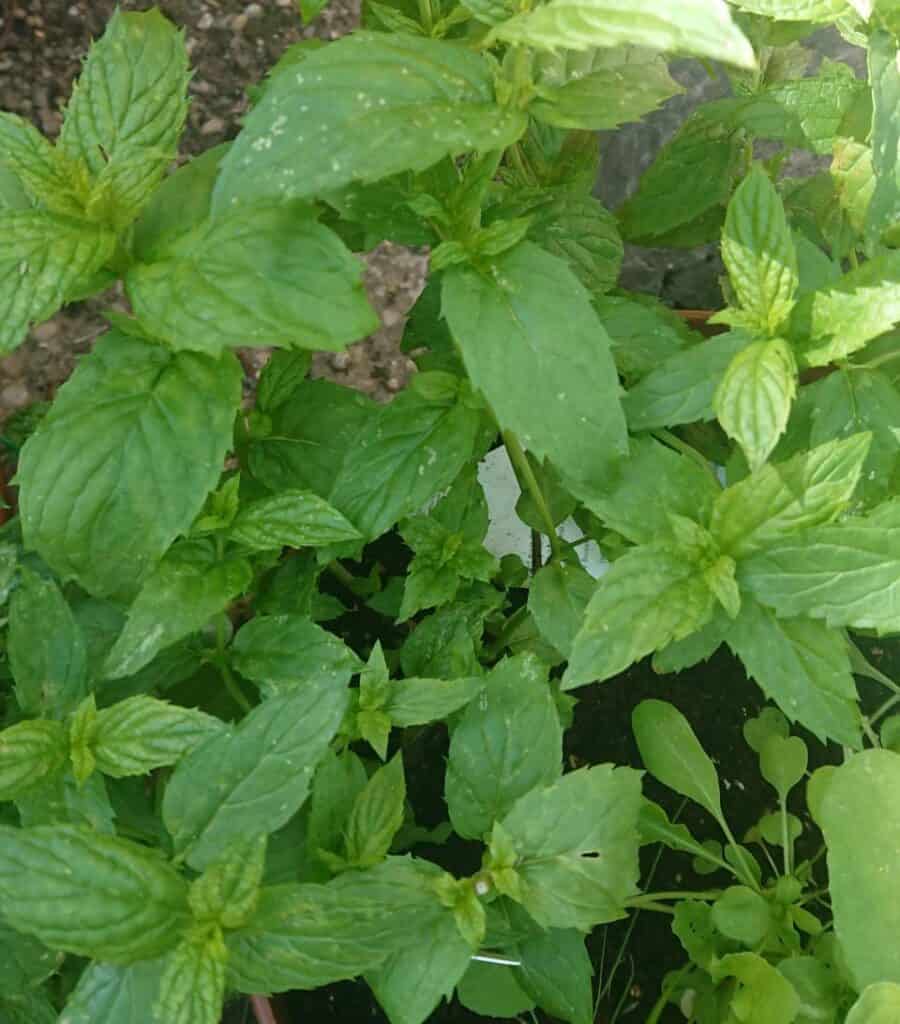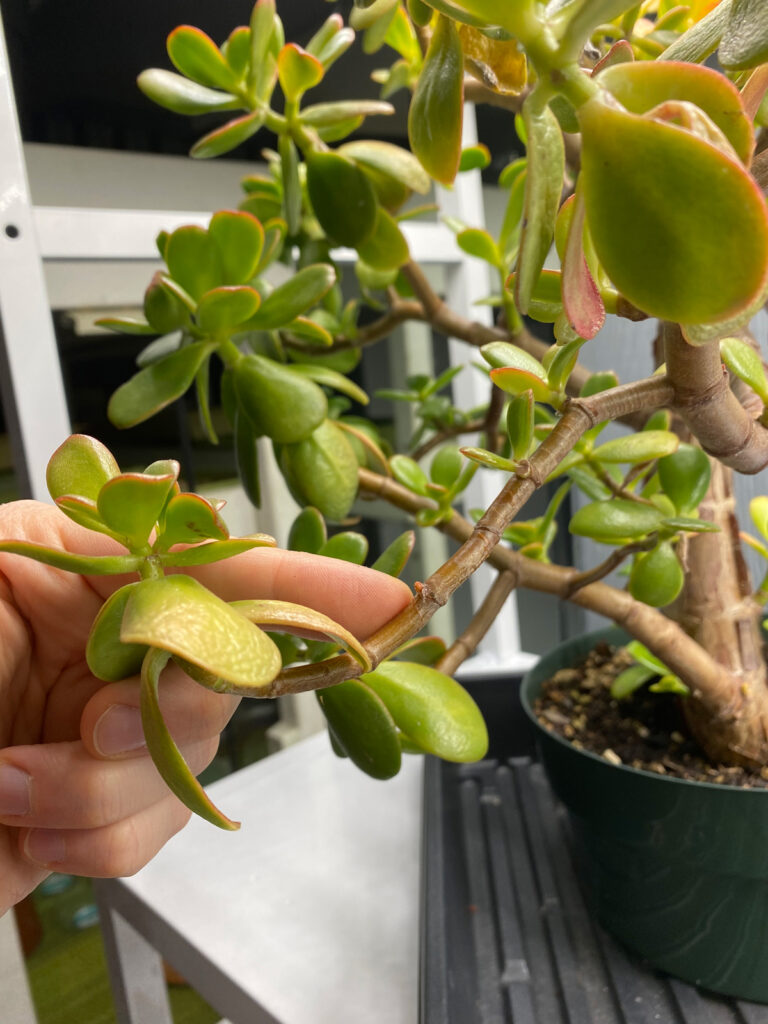Why is My Lantana Not Blooming? (The Solution)
Lantanas typically don’t bloom because they are placed in too much shadow, have too much moisture around their roots, or receive too much fertilizer, which encourages the growth of their leaves rather than their flowers. The lantana plant is adapted to warm, sunny locations with little rainfall and well-draining soil. It’s critical to mimic several …

